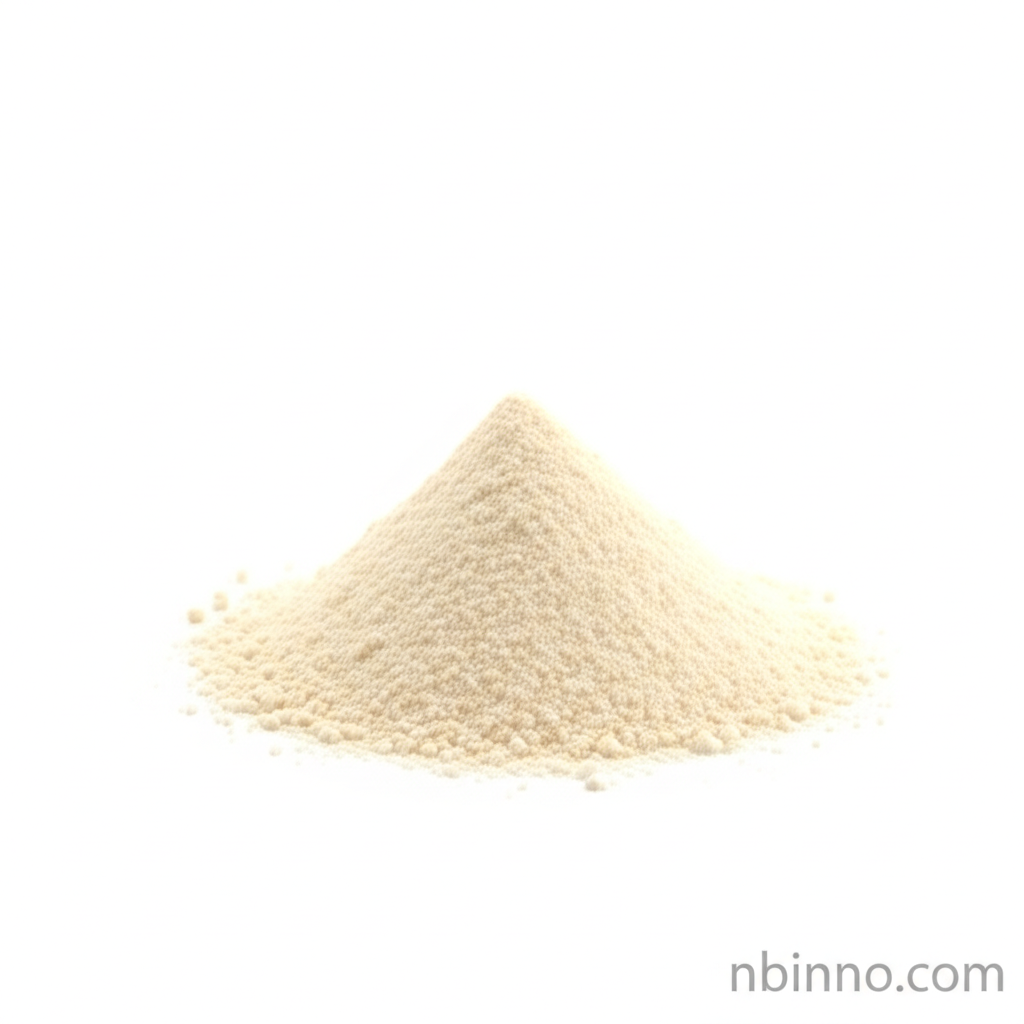Unlocking the Potential of 3-Hydroxyquinoline (CAS 580-18-7)
Discover the essential role of this versatile pharmaceutical intermediate in modern chemical innovation.
Get a Quote & SampleProduct Core Value

3-Hydroxyquinoline
3-Hydroxyquinoline, identified by its CAS number 580-18-7, is a crucial organic compound serving as a vital intermediate in advanced chemical synthesis. Its molecular formula C9H7NO and molecular weight of 145.16 underscore its precise structure, often supplied at a high purity of 99% min, making it ideal for demanding applications.
- Explore the 3-Hydroxyquinoline synthesis pathways and understand its role as a key intermediate in various chemical processes.
- Source high purity 3-Hydroxyquinoline from reliable suppliers for your research and development needs.
- Investigate the diverse chemical properties of this organic compound and its potential for novel applications.
- Understand the industrial use of 3-Hydroxyquinoline in pharmaceuticals, dyes, and materials science sectors.
Key Advantages
Exceptional Purity
Benefit from the consistently high purity of 3-Hydroxyquinoline, typically 99% min, ensuring reliable and reproducible results in your chemical synthesis.
Versatile Reactivity
Leverage the unique structure of this organic compound for a wide range of chemical modifications and its potential in coordination chemistry.
Broad Application Spectrum
Utilize 3-Hydroxyquinoline in pharmaceutical research, dye manufacturing, and the development of advanced materials due to its multifaceted properties.
Key Applications
Pharmaceutical Development
3-Hydroxyquinoline serves as a critical building block in medicinal chemistry, facilitating the research into new drugs with potential antimicrobial and antioxidant properties.
Dye Synthesis
The compound's unique structure makes it valuable in the production of various dyes, contributing to vibrant colors and performance in textiles and coatings.
Coordination Chemistry
Explore the use of 3-Hydroxyquinoline in coordination chemistry due to its ability to chelate with metal ions, opening avenues for catalyst development.
Materials Science
Its inherent properties allow for its incorporation into advanced materials, enhancing their performance and functionality in diverse industrial applications.
